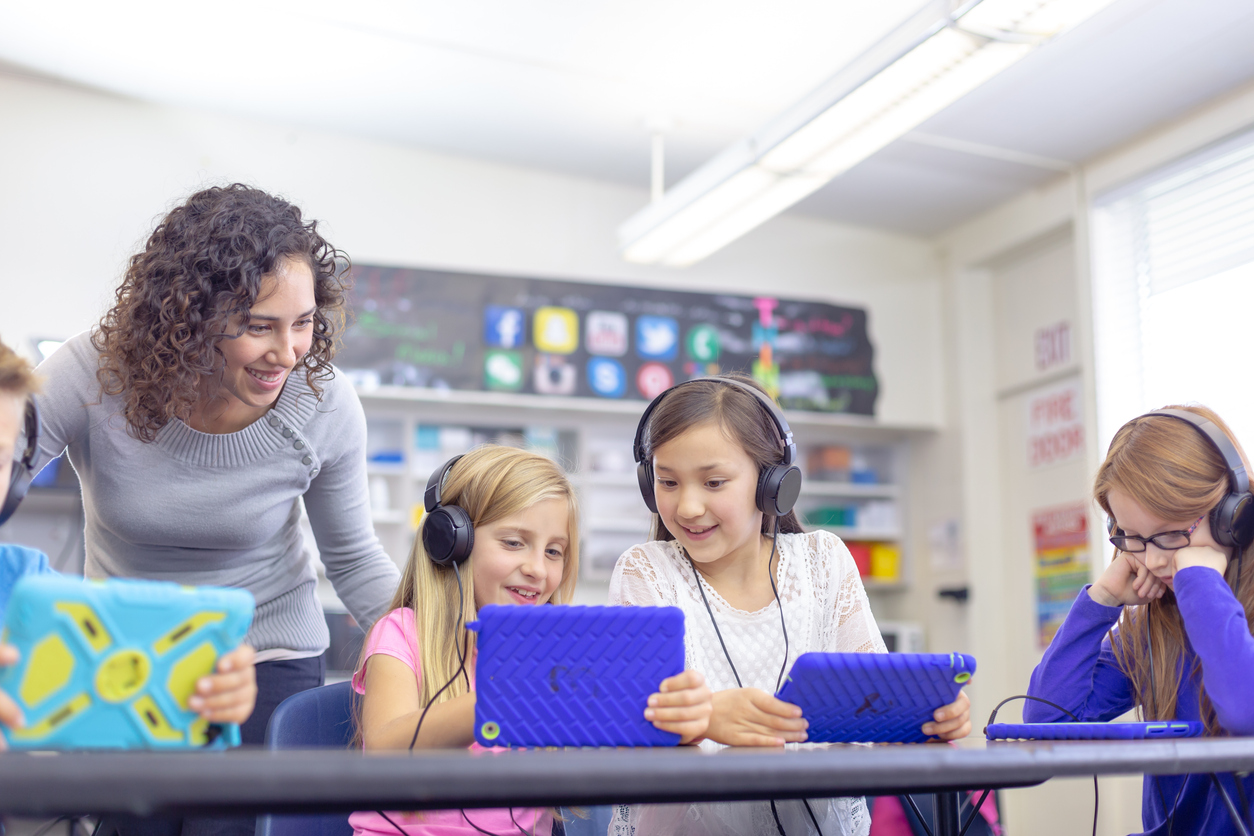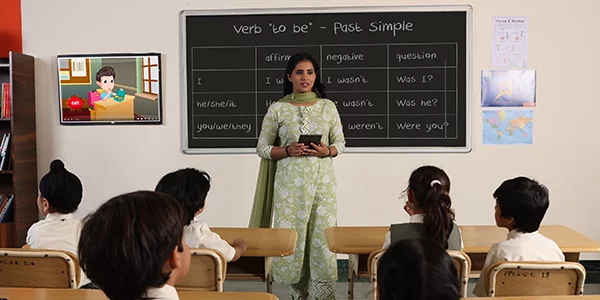Exploring the Different Teaching Methods in Key Scientific Research Education And Learning Today
The landscape of main science education is developing, with various mentor methods acquiring prominence in modern classrooms. Inquiry-based learning, hands-on experiments, and the combination of innovation are redefining how educators involve young minds. In addition, collaborative methods and differentiated direction are being utilized to deal with the diverse demands of pupils, enhancing both interaction and understanding. As we take a look at these methods, inquiries emerge regarding their effectiveness and the ramifications for future educational methods. What might these shifts in method mean for the following generation of learners?
Inquiry-Based Discovering
Inquiry-Based Knowing (IBL) is a pedagogical technique that encourages pupils to explore scientific principles through questioning, investigation, and hands-on testing. This technique stresses the role of students as energetic participants in their learning, advertising critical reasoning and problem-solving abilities. By involving with real-world questions, trainees end up being curious and motivated, which enhances their understanding of clinical principles.
In IBL, instructors act as facilitators, leading trainees as they browse their questions as opposed to providing details straight. This student-centered strategy enables differentiation, fitting numerous finding out paces and designs. Pupils develop abilities in creating theories, making experiments, and assessing information, which are vital for clinical literacy.
In addition, IBL fosters partnership amongst trainees, urging them to share concepts and findings. This collective inquiry advertises social skills and a sense of neighborhood within the class. Furthermore, the process of inquiry encourages strength, as students discover to embrace failing as a stepping stone towards understanding.
Hands-On Experiments
Hands-on experiments are an important component of efficient scientific research education and learning, matching the concepts of inquiry-based discovering. These experiments enable students to engage directly with clinical ideas, promoting a deeper understanding via experiential learning. By adjusting products and observing end results, young learners can comprehend abstract concepts in tangible ways.
Such activities promote critical reasoning and problem-solving skills, as students hypothesize results, conduct experiments, and examine outcomes. This process urges them to ask questions, refine their understanding, and create a clinical frame of mind. Hands-on experiments can be customized to diverse discovering styles, making certain that all students have the opportunity to involve meaningfully with the web content.
Furthermore, hands-on experiments usually encourage collaboration among peers, advertising synergy and communication abilities. Operating in groups allows students to share concepts, go over searchings for, and gain from each other, which improves their general instructional experience.
Integrating hands-on experiments right into the primary science curriculum not just improves the discovering setting yet additionally grows a lifelong rate of interest in scientific research. By proactively taking part in their education, trainees are more most likely to develop a passion for scientific questions that extends past the class.

Modern Technology Integration
Incorporating innovation into primary scientific research education and learning has actually ended up being significantly crucial in promoting trainee interaction and improving learning results. The usage of electronic devices, such as interactive simulations, online labs, and educational software application, provides trainees with opportunities to discover clinical principles in innovative methods. These sources help with a deeper understanding of complicated subjects by permitting learners to visualize and manipulate variables that would certainly be impractical in a typical class setup.
Additionally, technology assimilation urges customized finding out experiences. Trainees can progress at their very own rate, reviewing tough concepts through multimedia resources, which cater to various understanding designs. This adaptability not only sustains private development but likewise grows a feeling of autonomy in learners.
Additionally, technology works as a bridge to real-world scientific research, connecting students with current study and expert payments. Accessibility to on-line databases and scientific journals expands students' perspectives on clinical inquiry and fosters essential believing skills.
Collaborative Understanding
Collective knowing plays a vital function in primary science education and learning by cultivating teamwork and communication abilities among trainees. This approach urges learners to interact, share expertise, and engage in analytical, which improves their understanding of scientific ideas. By taking part in team tasks, trainees find out to express their concepts, pay attention to varied point of views, and negotiate options, every one of which are essential abilities in both real-world and academic contexts.

Study indicates that collective understanding can cause boosted motivation and interaction in scientific research subjects, as trainees find enjoyment in shared experiences (primary science tuition Singapore). Additionally, this strategy prepares trainees for future joint ventures, outfitting them with the skills required for effective synergy in greater education and expert atmospheres. Ultimately, embracing joint discovering in primary scientific research education can substantially improve the understanding experience and advertise a deeper understanding of scientific query
Differentiated Instruction

Set apart direction can manifest in different ways, such as differing the content, processes, or items of discovering. Instructors may utilize tiered projects that give varying levels of intricacy, permitting trainees to function at their particular preparedness levels. Furthermore, flexible organizing strategies can help with collaboration among students with various capabilities, fostering peer learning.
Evaluation plays an important duty in this strategy, as it educates instruction and assists instructors recognize each pupil's one-of-a-kind needs. Formative evaluations, such as quizzes and observations, can lead teachers in readjusting their approaches to enhance finding out end results. primary science tuition Singapore. Inevitably, by carrying out distinguished guideline in main scientific research education, instructors can grow a much more effective and equitable learning atmosphere, empowering all trainees to reach their full possibility in recognizing clinical sensations
Conclusion
In summary, the diverse training try this site techniques in primary science education and learning, consisting of inquiry-based understanding, hands-on experiments, modern technology assimilation, collective knowing, and set apart direction, collectively add to an extra effective understanding environment. These approaches promote critical reasoning, analytical abilities, and a much deeper comprehension of scientific principles. By executing these approaches, educators can develop helpful and appealing classrooms that address the different needs of pupils, inevitably promoting a long-lasting passion in science and enhancing scholastic achievement.
Inquiry-Based Discovering (IBL) is a pedagogical strategy that motivates pupils to discover scientific concepts with wondering about, examination, and hands-on testing.Collective learning plays a vital role in main science education and learning by promoting teamwork and communication abilities amongst pupils.Research study shows that collaborative knowing can lead to enhanced inspiration and involvement in science subjects, as pupils find enjoyment in common experiences.In cultivating an inclusive learning setting, separated instruction emerges as an essential technique to accommodate the varied needs and capabilities of students in main scientific research education and learning. Ultimately, by applying set apart direction in key scientific research education, teachers can grow an extra fair and effective understanding setting, encouraging all students to reach their complete capacity in understanding scientific sensations.
Comments on “Get Top Results with Primary Science Tuition Singapore from Experienced Tutors”